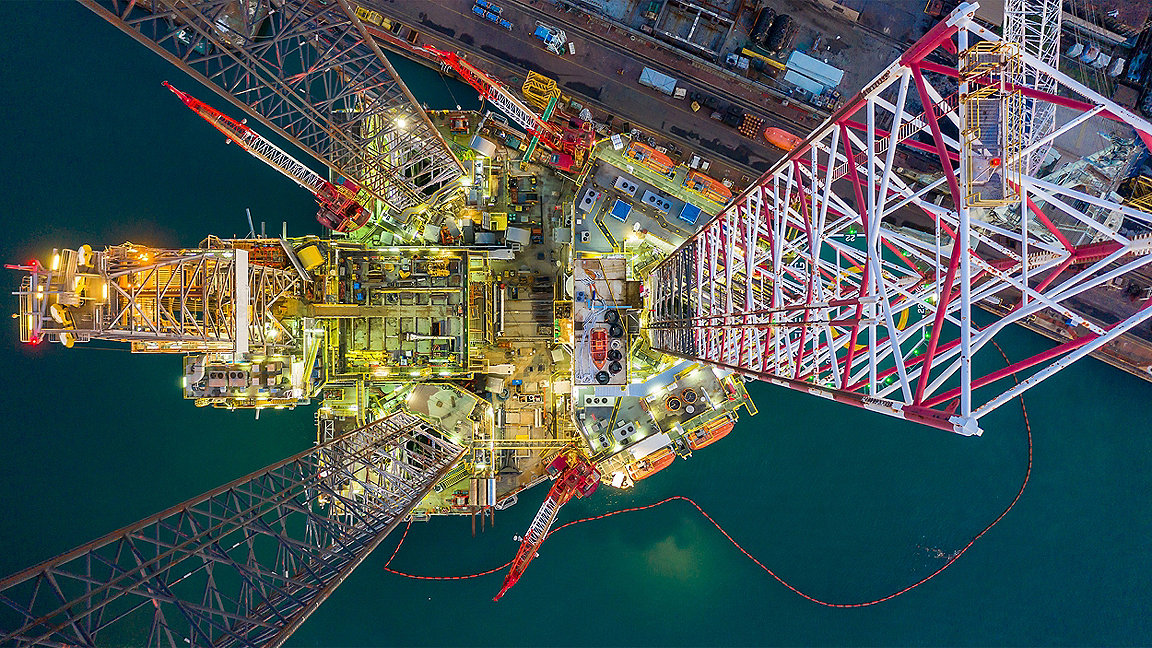
The use of drones is not new, especially in the construction sector. Large construction firms have, for some time, been using drones successfully for surveying, progress monitoring and inspecting aspects of a building project that are dirty, difficult or dangerous to reach.
And yet, issues remain; largely around quality, responsiveness and cost. This has limited the use of drones and slowed the incorporation of drone data into standard workflows. Thankfully, times are changing. Technological and regulatory developments are emerging that could unlock the full potential of the drone sector.
Regulatory advances
The Civil Aviation Authority (CAA) is on board with helping the drone industry to move forward. Until recently, CAA regulations have constrained commercial drone missions to operate within 'visual line of sight' rules. These rules require the pilot to travel to the mission site.
However, the CAA has started to work towards allowing commercial operators to operate 'beyond visual line of sight' (BVLOS) for the first time. The key difference is that BVLOS missions no longer need the pilot to travel to the site, instead they can operate remotely, from a control room. This centralised approach improves with scale on almost every measure, including quality, safety, responsiveness and cost.
Evidence of this shift towards commercial BVLOS drone missions can be seen in the launch of the CAA's regulatory sandbox in April 2019. The purpose of the sandbox is to create an environment in which innovation in aviation can be explored in line with the CAA's core principles of safety, security and consumer protection.
At the time of writing only ten entities have been invited into the sandbox, each with its own distinct focus and expertise, including Amazon for drone deliveries, Volocopter for drone taxis and NATS, the UK's main airspace operator.
For construction, sees.ai is focused on facilitating aerial data capture at scale in industrial environments and is already working with companies such as Skanska, Atkins, NATS and Vodafone across construction, infrastructure and oil and gas. The start-up is backed by Techstars – one of the world's largest accelerators.
The collaboration between sees.ai and the CAA will allow both organisations to explore frameworks under which regulatory approvals for routine BVLOS operations could be granted.
Harnessing computer vision
Highly-automated drones on client sites are paired with human pilots BVLOS in a central control room. The drones are installed on site, or transported to site, and then flown on demand with communications between drone and pilot carried out over the cellular network.
This approach uses computer vision technology – a sub-set of artificial intelligence. It's a similar technology to that used in autonomous cars, using similar sensors, cameras, LiDAR and inertial measurement units. This technology enables the drone to position itself relative to its environment. In turn this facilitates collision-avoidance and path-planning.
At the same time, this technology also makes it possible for the remote pilot to be inside a three-dimensional twin of the drone's environment in real-time, giving them a similar insight into the mission as if they were on site.
This approach facilitates the widest range of missions – from simple inspections in open space, to complex, Global Navigation Satellite System (GNSS) degraded and denied missions around construction sites, under oil rigs and even inside structures and tunnels. The approach can also be used for on-demand and ad-hoc missions, such as emergency response to a security or safety incident or close inspection of a structure with a remote expert in the loop.
This method will change how missions are launched. Using state-of-the-art computer vision, companies will be able to fly multiple drone missions at the same time across the UK, resulting in huge economies of scale.
The result is a solution that is more scalable and more cost effective at scale. For planners, surveyors and project managers looking to monitor and assess construction sites at large scale this is welcome news. UK businesses will be able to industrialise aerial data capture cost effectively, to optimise their digital workflows and increase their productivity.
Digital twins come of age
This development coincides with the increased use of digital twins. While the concept of a digital twin has been around since 2002, thanks to the Internet of Things (IoT) it has become cost-effective.
According to research firm Gartner, digital twins will soon become a mainstream tool for businesses. The UK government is committed to supporting this new way of working – via the National Digital Twin – and is investing to catalyse transition.
Gartner defines a digital twin as a software design pattern that represents a physical object with the objective of understanding the asset's state, responding to changes, improving business operations and adding value. And the value it can add to an organisation is substantial. According to McKinsey, companies that fully exploit a digital workflow can increase productivity by up to 15%. For UK infrastructure spending alone, this could equate to savings of £7bn per year.
sees.ai believes the scale of the data capture opportunity is enormous, as this approach is applicable to almost every drone market, including:
- infrastructure
- construction
- oil and gas
- emergency services
- real estate, and
- nuclear.
